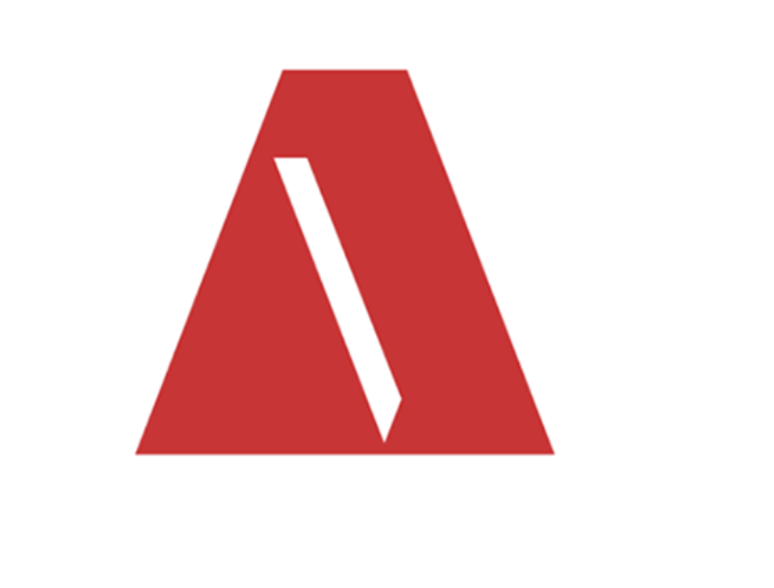Information Technologies in Medicine: from Clinic Reception to Clinical Trial Management Systems
Medical Information Systems (MIS) are considered to be one of the main directions in the development of information technologies in healthcare. MIS generally include electronic medical records (i.e. patient medical records) and a set of modules necessary for the work of a certain medical institution (“Laboratory”, “Pharmacy”, “Service Accounting”, “Blood Transfusion Centre”, etc.). There are thousands of MIS around the world at present, among them – dozens of large systems working in a variety of medical institutions.
The segment of medical information systems is actively growing due to new programming solutions with a wide functionality. MIS developers are actively working on the integration of these systems with modern medical equipment to exchange digital information, e.g. to import CT (computer tomography) data and ultrasound scanning data, X-rays, etc.
The near future will see further development of MIS: there will be voice data input and automatic interviewing that will help to manage and simplify numerous procedures starting from the collecting and recording of primary data on diseases to keeping records of first aid and surgeries.
Moreover, decision support systems will definitely be in high demand among medical institutions. These “electronic doctors”, designed to minimize the impact of a human factor, can give feasible recommendations with regard to the treatment and prevention of a disease based on the available information about a patient. Unlike a busy human doctor, such systems will not overlook lab test results or an allergic reaction.
Another promising direction of MIS development is to ensure that systems of various producers are compatible with each other. The most widely known standards of medical data exchange have been developed by HL7, an international non-commercial organization that has been on the market for more than 20 years. A lot of software developers heed their advice. In the near future HL7 standards are likely to become obligatory for all MIS developers.
A solution based on HL7 standards has been developed within a joint project between dbMotion and Artezio, the former being a pioneer in the field of computerized healthcare information solutions. The developed software product allowed dbMotion to become one of the world’s leading suppliers of HIE (Health Information Exchange). The dbMotion solution for medical information exchange between large regional healthcare institutions enables real-time data collection and integration of patient medical records as well as protected access to the information stored in dbMotion and external systems. The system open application programming interface (API) with the exchange protocol based on HL7 recommendations provides integration with a wide set of external systems.
Information technologies in healthcare also focus on clinical trial management systems (CTMS) designed to manage and control all aspects of clinical trials efficiently. These systems allow minimizing research costs. They also reduce stages preceding the appearance of a drug on the market and increase a drug life cycle.
Such systems are often integration platforms for voice feedback modules, the processing and storage of medical images, diagnostics data collection, random selection of patients, planning and tracking of administrative and financial data. It should be noted that information technologies are used in other modern application fields, such as telemedicine, bioinformatics, medical robotics, medical image processing, medical product development and analysis systems that play an important role in IT.

